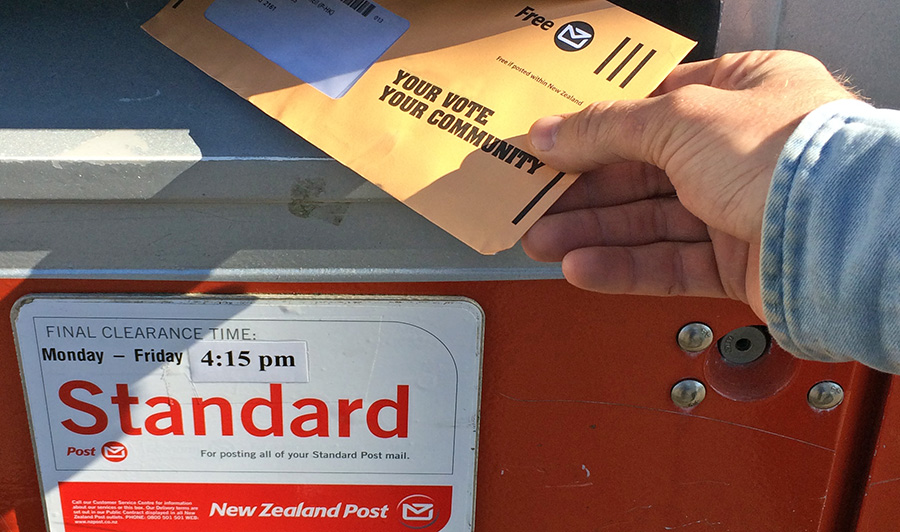New ward structure gets tick of approval
Far North District Council’s proposal to change electoral wards and increase the number of elected members by one has been approved by the Local Government Commission.

Far North District Council’s proposal to change electoral wards and increase the number of elected members by one has been approved by the Local Government Commission.
The proposal follows a Representation Review launched in March 2021 as part of the council’s Navigating Our Course engagement roadshow. The aim of the review, which is required at least once every six years under the Local Electoral Act 2001, was to gather feedback on whether electoral structures provide fair and effective representation for communities.
During the October 2021 deliberations on the Representation Review, councillors decided that the existing three-ward system remained fit for purpose. However, instead of retaining a total of nine councillors it was decided to add another councillor. This would benefit communities by helping to spread the workload, ensure clear majority decisions can still be made, and would better reflect the district’s diversity.
Following the adoption of Māori wards in May 2021, the council also opted to add one Māori ward, Ngā Tai o Tokerau, representing the entire district. It reasoned that a single ward would be simple to understand and would not split ‘communities of interest’ or tribal affiliations. If it proves successful, the single ward structure will be retained. If not, the council will engage with Māori to develop a new structure ahead of the 2025 local elections. The council also opted to retain three community boards with a total of 19 elected members, believing this provides effective representation for local communities.
The final proposal presented to the Local Government Commission divides the Far North into four wards, including its first Māori ward. Ten councillors, four of whom are to be Māori ward councillors, will be elected, plus the Mayor, who is elected ‘at large’.
The proposal was accepted by the Local Government Commission last month and confirmed that:
- Bay of Islands-Whangaroa will be represented by three councillors
- Kaikohe-Hokianga will be represented by one councillor
- Te Hiku will be represented by two councillors
- Ngā Tai o Tokerau, the Māori ward, will be represented by four councillors covering the whole district (elected at large).
The new structure will not increase the total amount elected members are paid. This is set by the Remuneration Authority, which allocates a total remuneration pool to each local authority in New Zealand. Each council then allocates this payment to its elected members.
Go to the FNDC website Representation Review page for more information on Far North District Council’s representation arrangements.

